Hisserdude
Dynastes
Alaus cf. lusciosus "Dallas/Fort Worth, TX". Another HUGE click beetle, not quite as large as A.zunianus, but almost! I got two females from @Peter Clausen, which will hopefully produce lots of offspring for me! 
Alaus lusciosus are often referred to as the "Texas Eyed Elater". As the common name would suggest this species is found in TX, specifically south, central, and parts of east TX, but their range also encompasses CO, KS, NM and Mexico. Their easternmost range overlaps with that of A.oculatus, the "Eastern Eyed Elater", however the white markings on the elytra of A.lusciosus are more clumped and patchy than those of A.oculatus, which has smaller, more evenly dispersed white spots.
Despite that, it can still be a bit hard to differentiate them where their ranges overlap, and these ones were collected in the Dallas/Fort Worth area, which is in the overlap range between the two... they look quite different from most A.oculatus I've seen, and bigger too, so I do think these are true A.lusciosus. I did upload pics to Bugguide though, and the resident Elateridae expert there, Blaine Mathison, said they'd need to see the genitalia to actually ID these down to species, so I'll just label these as cf. lusciosus for now until they pass away and I can get pics of their genitalia for a better ID.
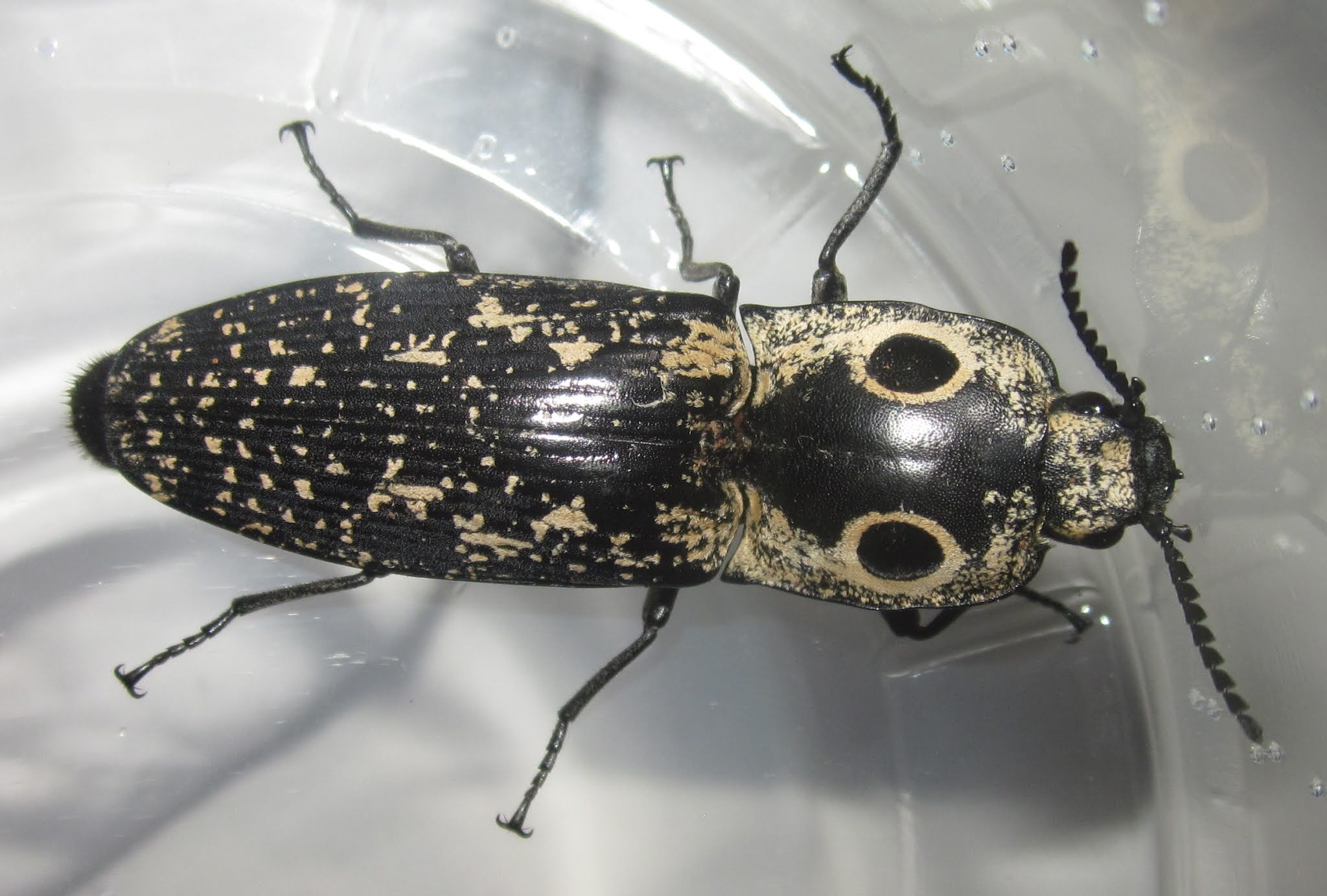
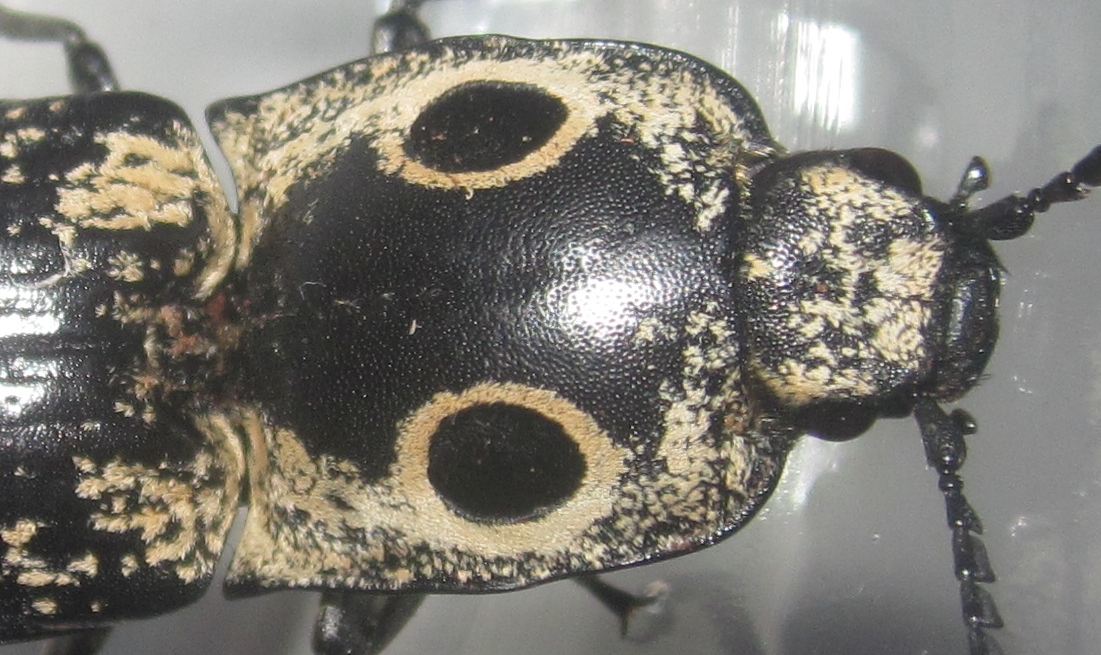
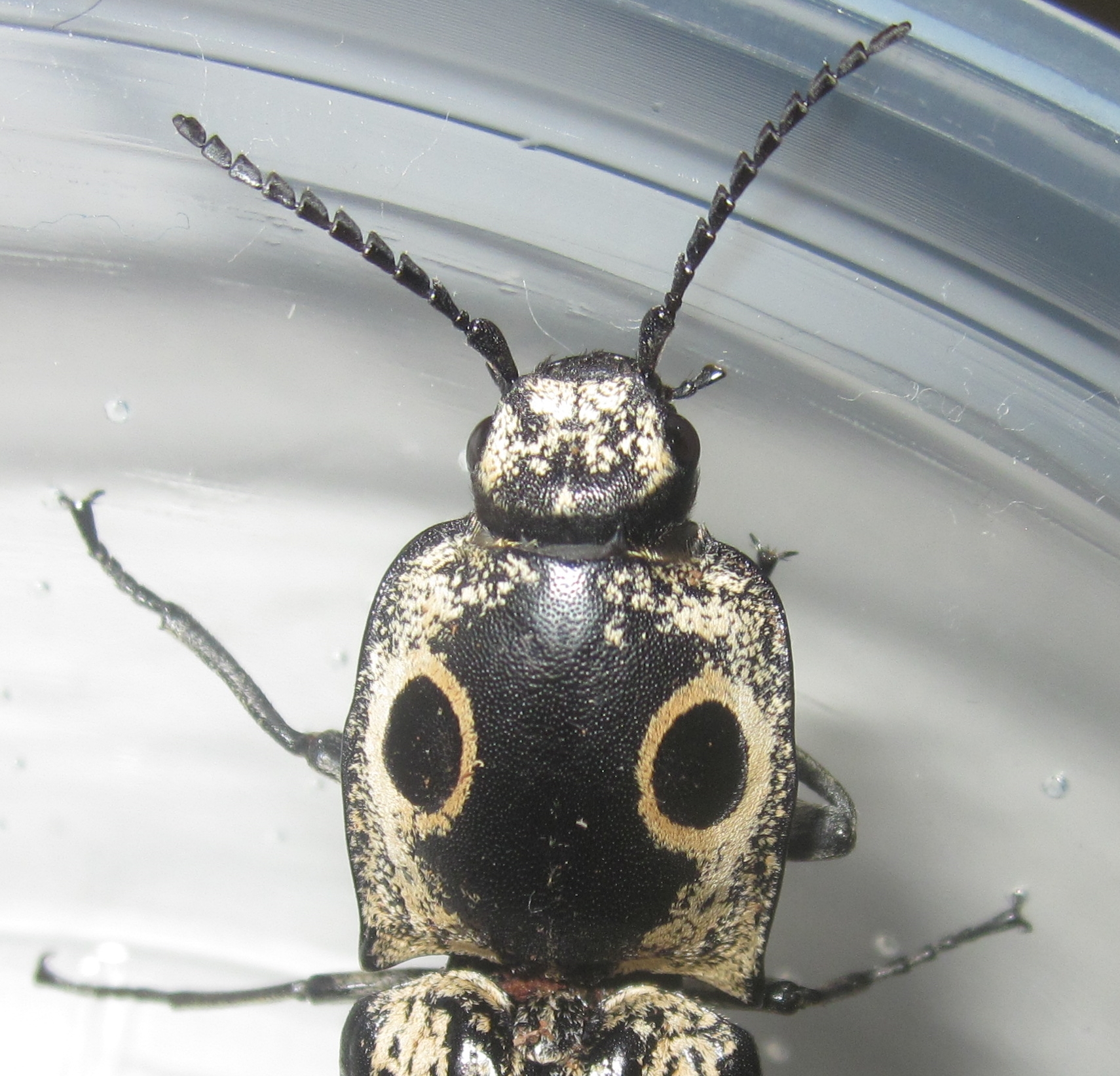
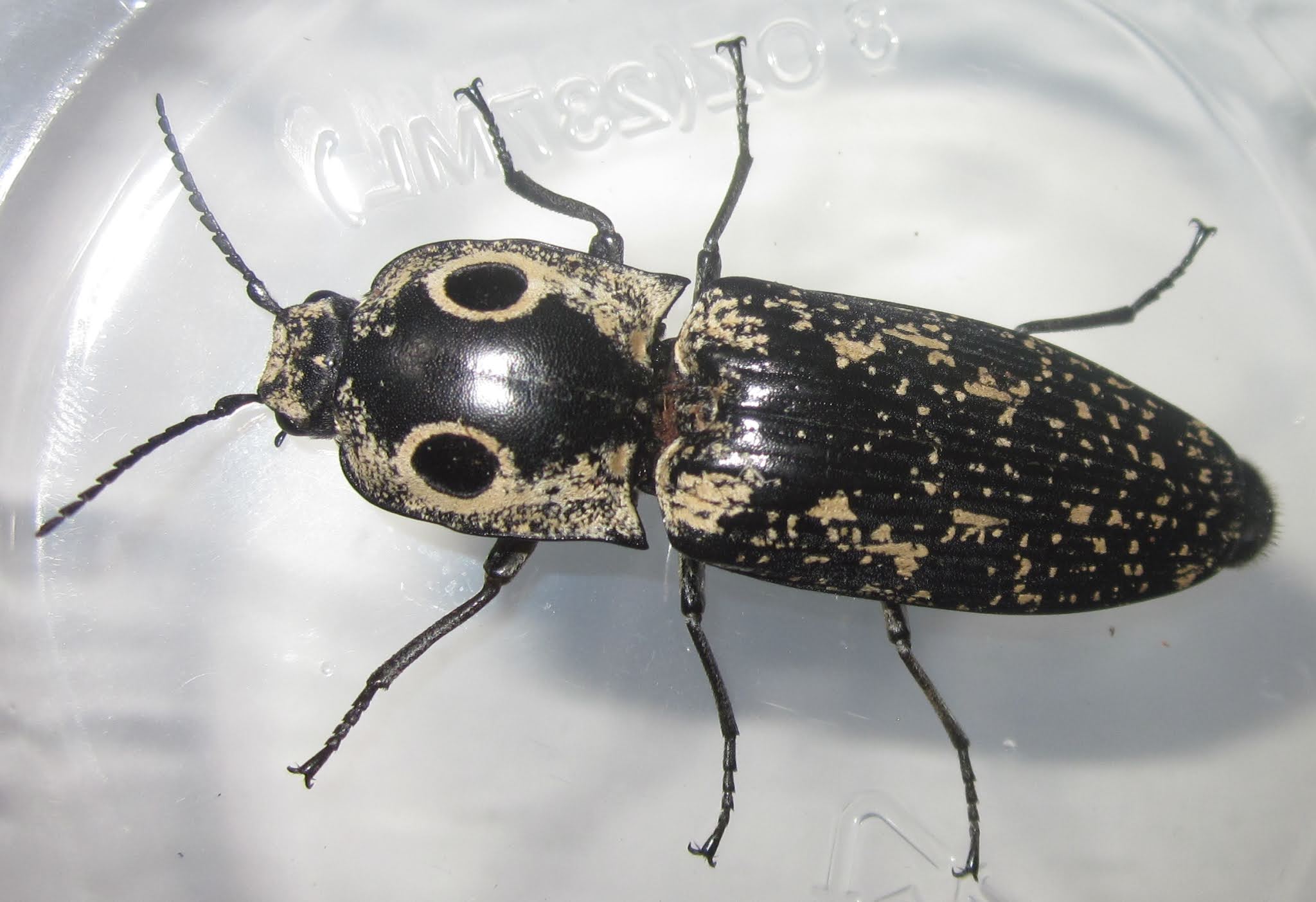
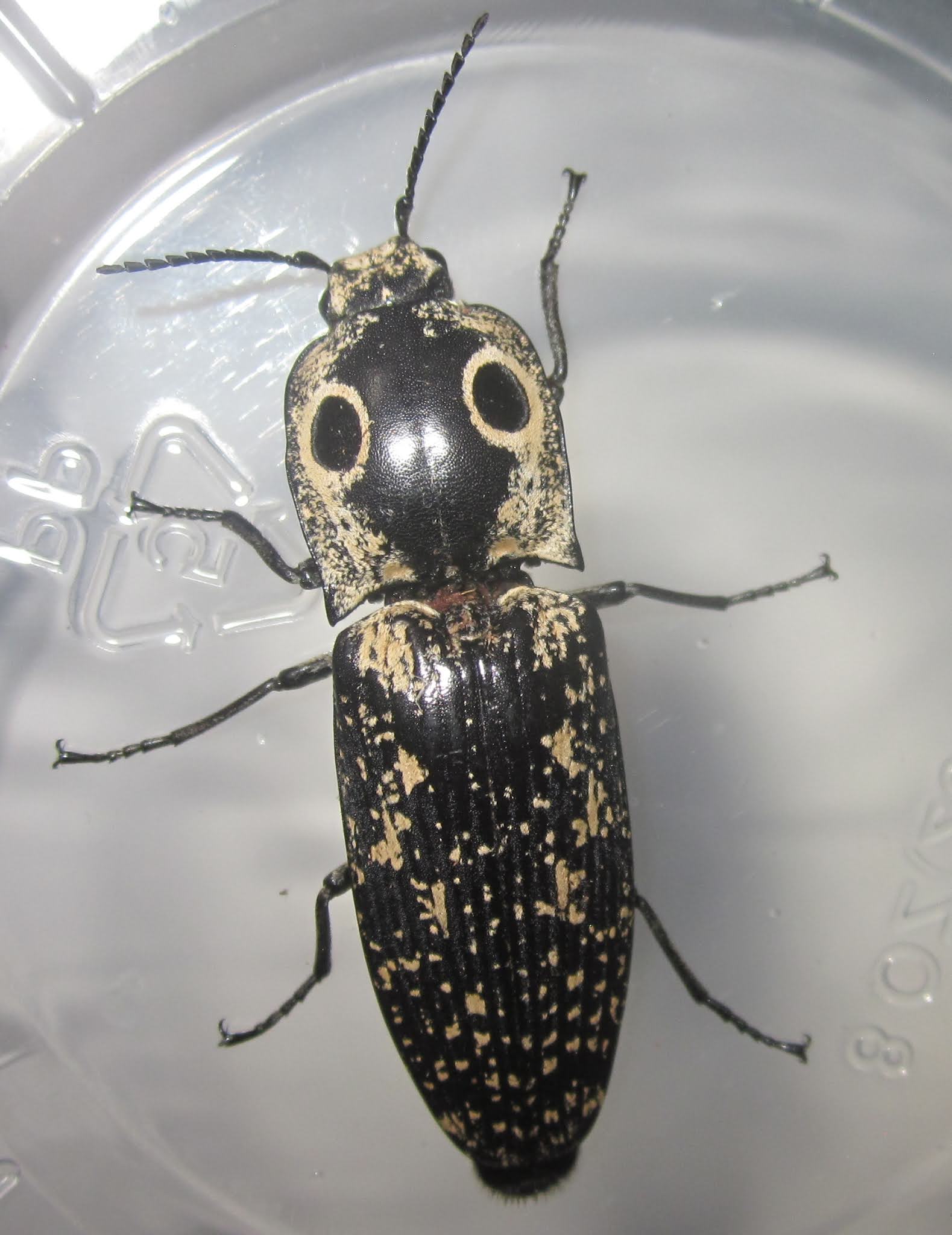
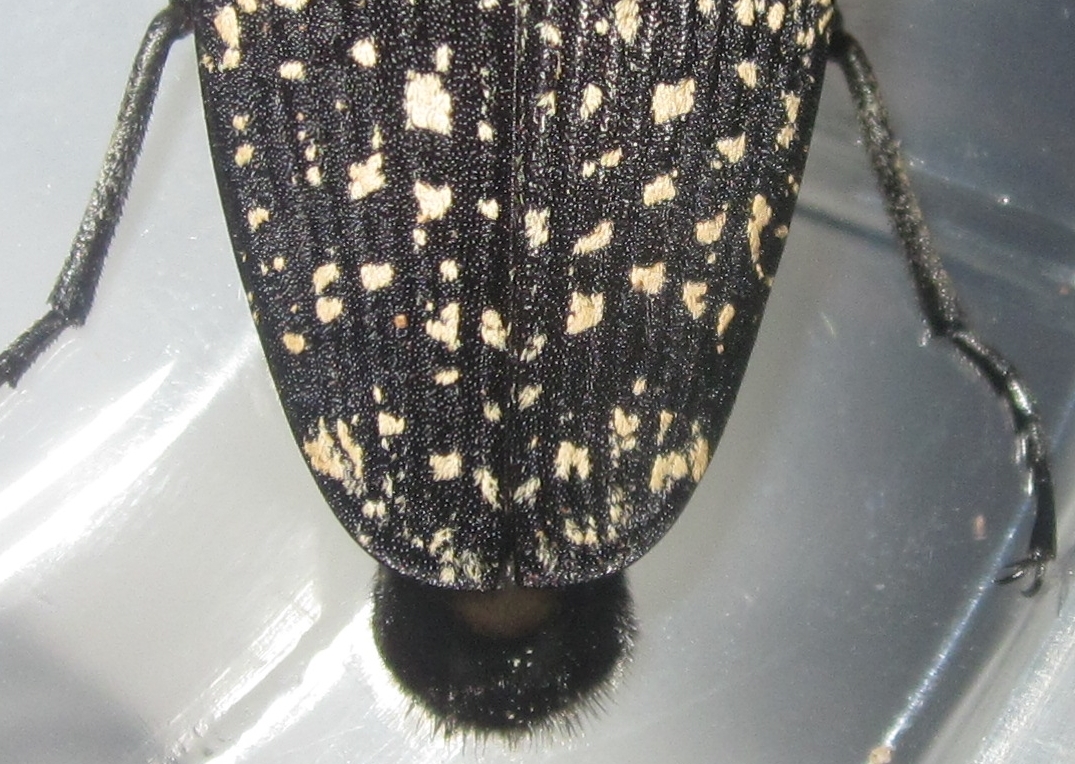

Alaus lusciosus are often referred to as the "Texas Eyed Elater". As the common name would suggest this species is found in TX, specifically south, central, and parts of east TX, but their range also encompasses CO, KS, NM and Mexico. Their easternmost range overlaps with that of A.oculatus, the "Eastern Eyed Elater", however the white markings on the elytra of A.lusciosus are more clumped and patchy than those of A.oculatus, which has smaller, more evenly dispersed white spots.
Despite that, it can still be a bit hard to differentiate them where their ranges overlap, and these ones were collected in the Dallas/Fort Worth area, which is in the overlap range between the two... they look quite different from most A.oculatus I've seen, and bigger too, so I do think these are true A.lusciosus. I did upload pics to Bugguide though, and the resident Elateridae expert there, Blaine Mathison, said they'd need to see the genitalia to actually ID these down to species, so I'll just label these as cf. lusciosus for now until they pass away and I can get pics of their genitalia for a better ID.
